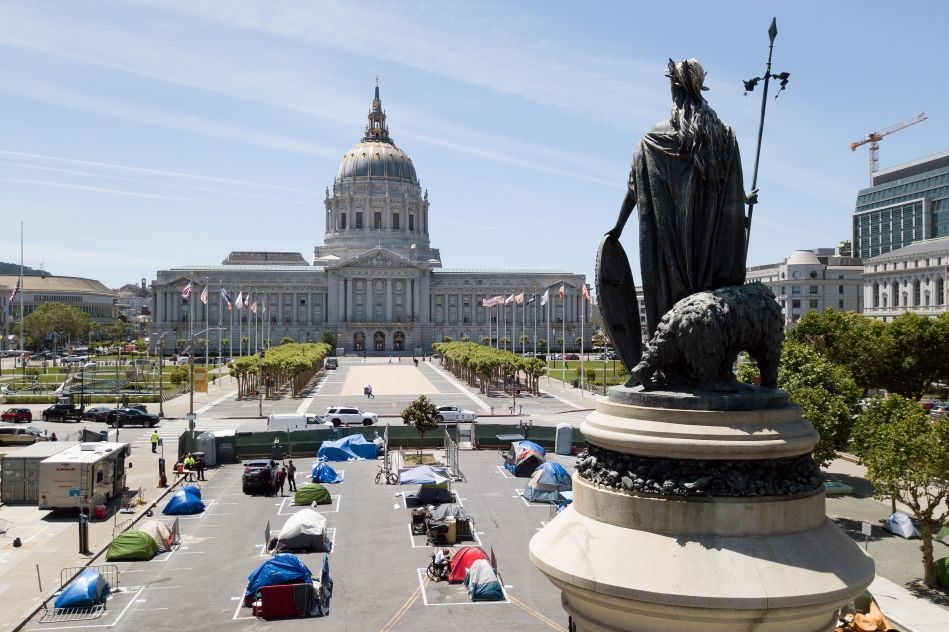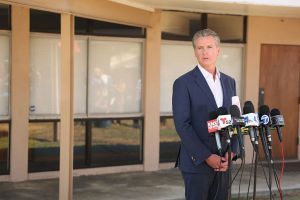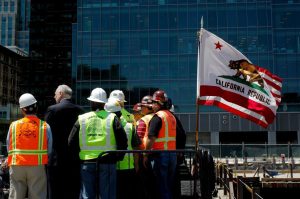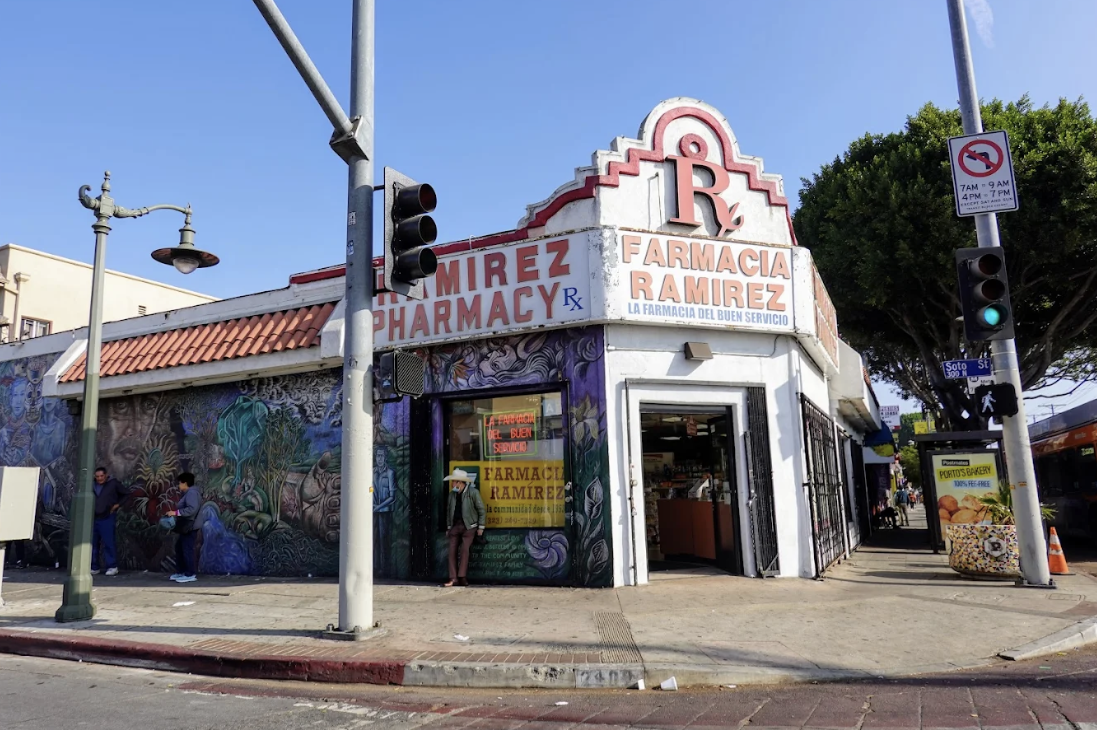Oakland
We talk about the decline of the cities, about crime, riots and the virus making urban life, already expensive and gritty, downright intolerable. Where I live, in the San Francisco Bay Area, the American city hardly exists at all.
My metro is not like New York. It’s not much of a major cultural center. Still, we have several art museums, a world-renowned ballet and symphony, and a lively music scene. Our Victorians are cute as a button and the temperate climate is good for my skin. I had figured I could stick around forever.
Then I took my daughter to see The Nutcracker. The two blocks we had to walk from the train station to War Memorial Opera House made a greater impression on my nine-year-old than any magical offering from the SF Ballet. The city greeted her with the army of cracked nuts, the ubiquitous ‘zombies’ who aimlessly roam our streets. The need to be hyperaware of their presence while pirouetting to avoid discarded syringes and human excrement left her depressed and terrified for days. My daughter refuses to go to the ballet at the War Zone Opera House ever again.
I was thinking about that Nutcracker when in June the antifa mob toppled or vandalized statues of white supremacists Junípero Serra, Ulysses S. Grant, Francis Scott Key and Miguel de Cervantes in Golden Gate Park, a destruction executed in full view of the cops who were apparently on stand-down orders. Soon after, San Francisco’s national representative Nancy Pelosi expressed tacit approval of the wave of monument vandalism that had swept the nation: ‘People will do what they do.’
Is there any surprise that a city that allows people to die slowly in public from mental illness and addiction is also the city that passively observes the desecration of its art?
Few of us who live in the Bay Area have been born and raised here. San Francisco is the kind of town that attracts people from all over the world, but mostly from the American suburbs. These suburbanites exhibit the attitude of eternally shocked newcomers, internalizing whatever disturbs them about city life. It’s popular wisdom around here that the homeless — or the nudists, or anything else that should legitimately bother people — are just ‘real’, part of ‘life in the city’, and should be enthusiastically embraced along with other urban amenities.
I am a third- to fourth-generation urbanite. But I didn’t grow up with the idea that depravity defines a city. Depravity can be found in places where people are concentrated, but it can be found elsewhere and everywhere — in Appalachia and the Russian hinterland as in San Francisco. Cities are where civilization is created and where the next generation is inculcated with the achievement of centuries past. For the process to continue, the vices need to be continuously curbed. Also, drug addicts are ill and need saving from themselves.
The suburbanites who have been flocking to American cities over the past few decades get their ideas of city life from Lou Reed’s ‘Walk on the Wild Side’ and Iggy Pop’s ‘The Passenger’. Lou and Iggy, both small-town boys, celebrated, as the lyric from ‘The Passenger’ goes, the ‘city’s ripped backsides’, its unsavory but interesting characters. Pop lifted that turn of phrase from Jim Morrison — another suburbanite — who had used it to describe society’s vices. Pop transformed a rather dull and pretentious line into a moody hymn to youthful fun. He wrote it on a train in Germany; he and David Bowie had gone to West Berlin to quit drugs, but ended up taking even more.
My American friends desperately want to turn San Francisco into a European town, but they don’t seem to understand how Europeans live in their cities. San Franciscans are obsessed with bicycle lanes: for some reason, they’re convinced that everyone on the Old Continent rides bikes. They should visit a Russian-speaking country, note the shoes the women wear, and imagine pedaling in Louboutins.
San Francisco’s Marxist Critical Mass bicycle movement has picked up the two-wheel fad as Amsterdam exotica and exported it all over the world, including, with limited success, Europe. If city biking took off in America, it was because American cities are populated by suburbanites who all learned to ride as children in a suburban environment.
San Francisco is notoriously hostile to actual children. That’s why there are more dogs here than kids, and more intravenous drug users than students in public high schools. Starting a family is neither realistic nor desirable for many residents, so they turn into overgrown tykes with a grown-up version of a Radio Flyer, confident in their knowledge that a bicycle is a workable substitute to a car —who needs child safety seats?
It’s not the alleged lack of bike lanes that’s preventing me from living a European lifestyle in San Francisco. It’s the acceptance of criminal insanity. Ten years ago, San Francisco treated homelessness as a matter of regional pride. Gutter punks on Haight Street added a touch of authenticity to an iconic countercultural neighborhood. The presence of obviously mad individuals gave residents an opportunity to prove their toughness. If in the Middle Ages the vagrants allowed those better-off to show charity, today we have developed a neo-medieval outlook: we show our worldliness.
Rather like the passenger of Iggy’s song, we ‘stay under glass’, but instead of watching the ‘stars come out tonight’, we passively watch as vice and criminality take over our environment. Hashiri, a high-end Japanese restaurant in San Francisco, has constructed plastic bubbles, euphemistically described as ‘garden igloos’, to shield its customers from the homeless. It’s evil and it’s pathetic.
What we lack is a conception of a city as a repository of civilization, as a place where kids can walk to a library without fear, and where monuments stand as frozen testaments of history. As a nation of garage rockers, we may never make this commitment.
This article is in The Spectator’s September 2020 US edition.

























